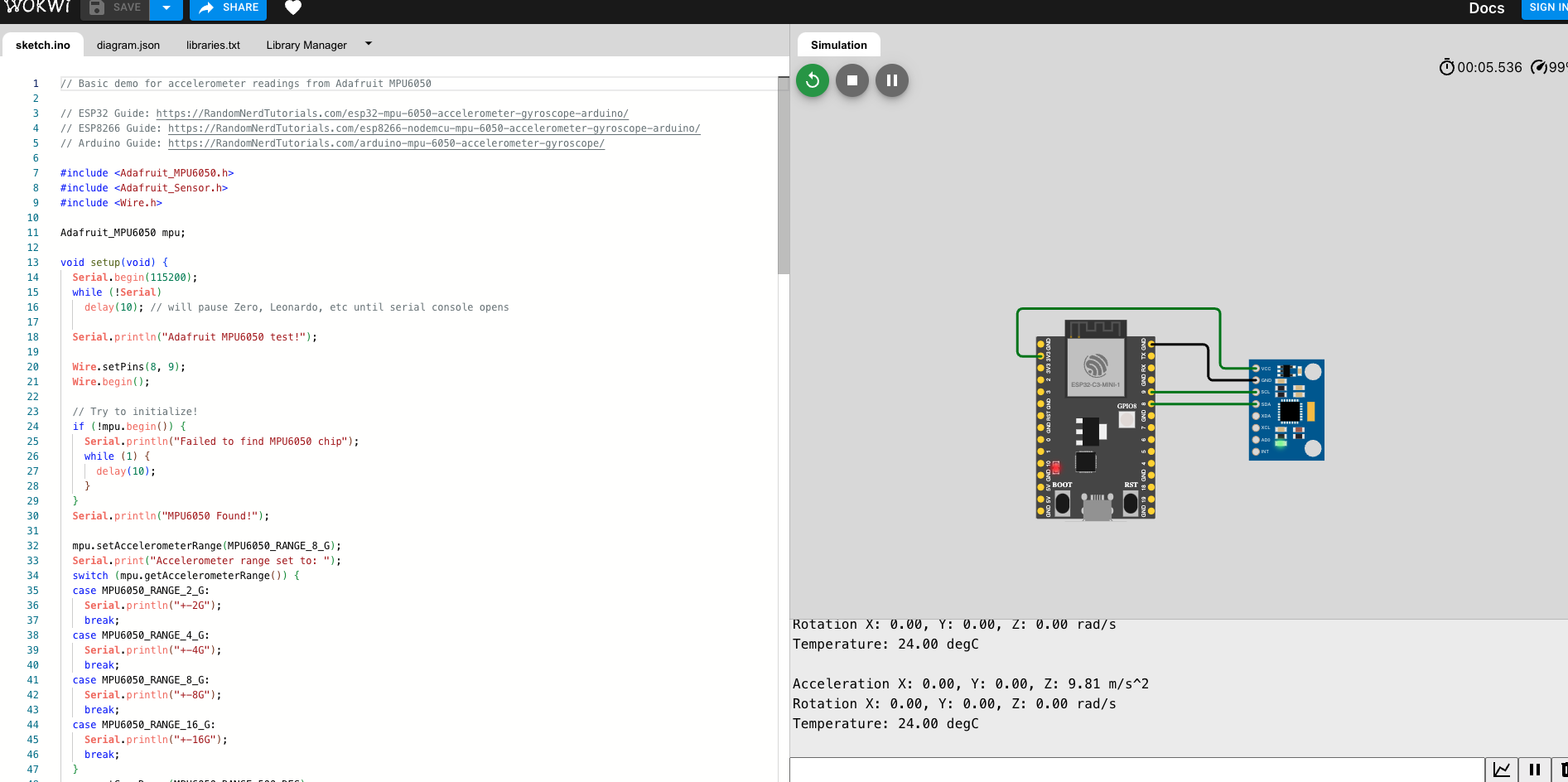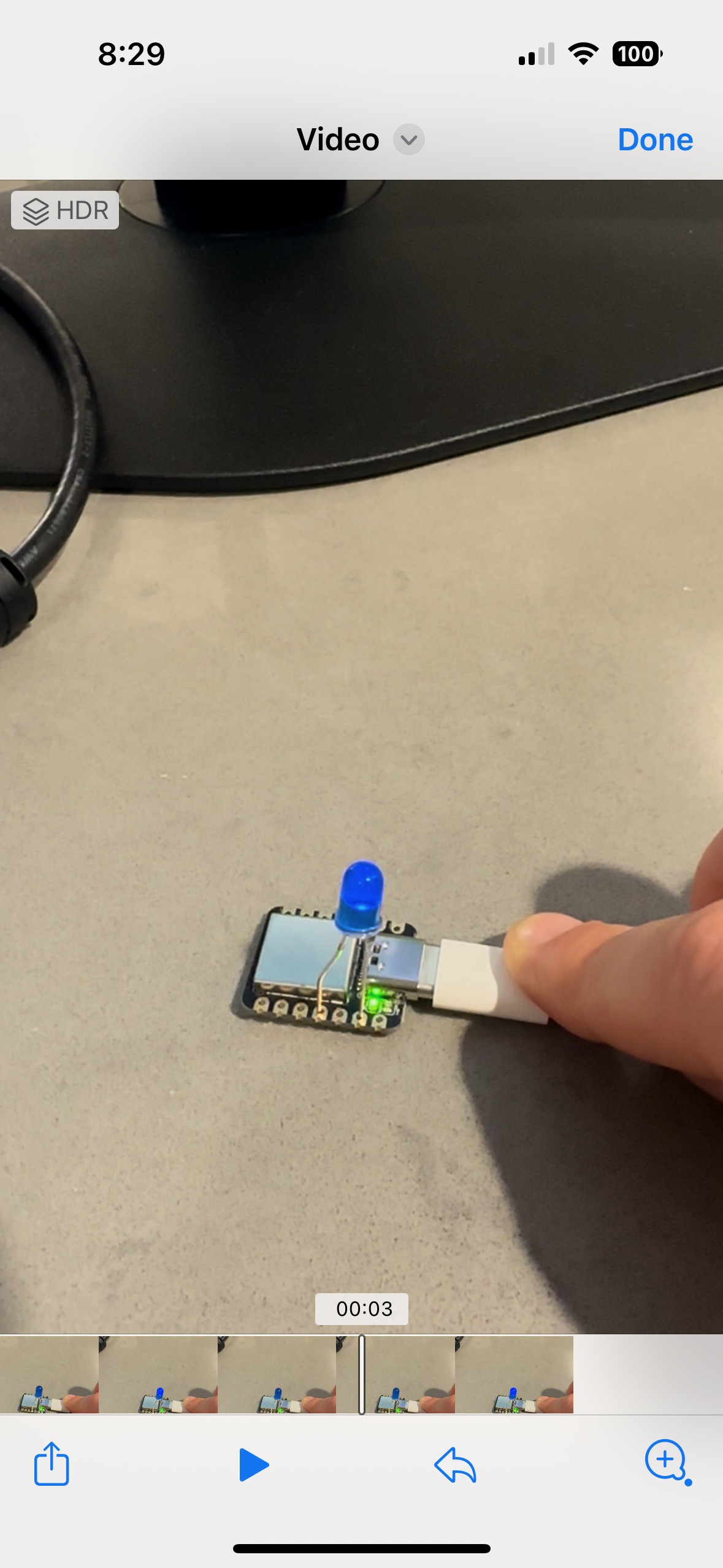Process ✏️
This was a super cool week! I enjoyed simulating a range of simulation tools like Wokwi and Tinkerkad. Here is a preview of
what I experimented with Wokwi. I tried using an ESP32C3 and accelerometer. I see this as such a valuable step when it comes to
producing my electronics for the final project.
Wokwi Simulation

Tinkercad Simulation
I enjoyed trying to similate blinking LEDs in Tinkercad. It was a strong learning experience to
easile view the power of resistors, and easily swap components.

While the inner workings of microcontrollers are new to me, I have a LOT of experience with them as a user.
As an active Garmin, Apple Watch, Whoop nerd,
I strive to understand the foundation of each of these wearables and the data they extract.
That said, my microcontroller of choice: Seeed Studio XIAO SAMD21. ✨
I was debating between the SAMD21 and RP2040 for my wearable. Based on my initial research, for a basic fitness tracker with a strong emphasis on power conservation,
the SAMD21 appeared to be the better option. The RP 2040 is more optimal for more processing power and can manage slightly higher power consumption, or for Python for faster development.
Key Differences
Once I decided to use the SAMD21, I began experimenting with the Arduino IDE. I chose the most complex task of all, making an LED blink!








Reflection 🤔
I’m excited to work on electronics in the weeks to come. For my final project, I strive to create a wearable for young female athletes, so these projects will be crucial.
A New York Times Article
was published this week on the strengths and weaknesses of wearable tech.
Today, many fitness trackers and GPS watches, including those from Garmin and Coros and the Apple Watch with the most recent software update,
use algorithms to approximate training load and present that data alongside other stats like step count and heart rate.
Because there’s no standardized way to calculate training load, and different trackers use different scales to express it, your stats from different trackers can vary significantly.
For data die-hards and some athletes training for specific events, the more data the better. But there’s a lot that training load does not calculate, and one number can’t tell the full story of a workout. For my project, I am curious if we can evaluate workouts in a more holistic way, diving into how an athlete feels.